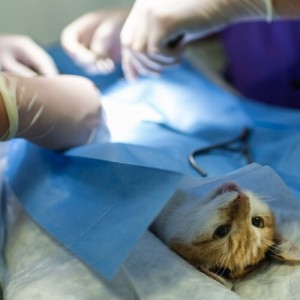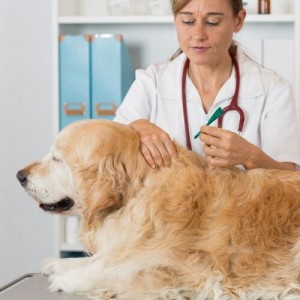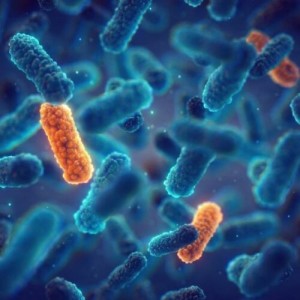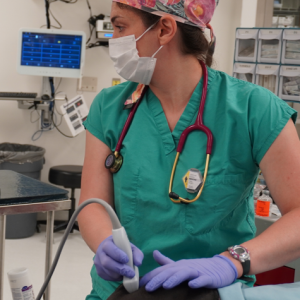A blood method improves the diagnosis of bovine tuberculosis
A team of researchers from the Complutense University of Madrid (UCM), including veterinary professionals from the Visavet center and the Center for Cooperative Research in Biomaterials CIC biomaGUNE, have developed a method for diagnosing bovine tuberculosis in blood that overcomes the limitations of current techniques. As explained by José Izquierdo, a researcher at the Multidisciplinary Institute of the UCM, the Faculty of Pharmacy and the Cyber of Respiratory Diseases (Ciberes), this is a One Health project that focuses on the need to develop tools for the control of veterinary diseases, improving the conditions of these animals and the profitability of the industry, as well as its transmission to human beings”.
Bovine tuberculosis is a bacterial disease that causes debilitation, pneumonia, and even death in the animal, which in turn can infect humans. The tuberculin skin test generates false positives in healthy vaccinated subjects and in others infected with other bacteria. The technique presented in Transboundary and Emerging Diseases is more sensitive, cheaper, and faster than the current ones, as reported by the Dicyt agency.
"In addition to improving the diagnosis of sick subjects, it avoids the sacrifice of a large number of non-infected subjects who are currently considered positive," José Izquierdo points out.
The developed method identifies a metabolic pattern (molecules that participate in chemical reactions of living beings) in blood samples. These metabolites are routinely measured in medicine, such as glucose or uric acid in the blood.
“The difference of our method is that we are able to make a snapshot of all the metabolites of a biological sample and identify how an infection modifies all the metabolites of the host simultaneously. This distinctive pattern is a kind of fingerprint that allows us to diagnose infected subjects even before they have visible symptoms”, explains Izquierdo.
Basque, Galician and central peninsular samples
To carry out the study, the researchers analyzed samples of cows from farms in the Basque Country with different profiles: infected with tuberculosis, healthy vaccinated, healthy unvaccinated and infected with another similar bacterium, paratuberculosis.
The analysis of the blood sample was performed by desktop magnetic resonance spectroscopy, whose results are obtained in fifteen minutes. The tool was later validated with cows from the center of the peninsula and Galicia.
The next step in the research, once its efficacy is demonstrated in larger samples, is to verify its viability for the diagnosis of human tuberculosis or its application in other diseases such as respiratory failure due to COVID-19.
"Within the One Health concept, human health and animal health are interdependent and linked to the ecosystems in which they coexist, as we have seen in the COVID-19 pandemic", emphasizes the UCM researcher.
In addition to the Faculty of Pharmacy of the UCM and the CIC biomaGUNE, the Veterinary Health Surveillance Center (Visavet) of the UCM, the Xunta de Galicia and the Basque Institute for Agricultural Research and Development Neiker-Tecnalia have participated in the work.













List
Add
Please enter a comment